How to fast-track and apply your Creative Research
Nobody needs to be an expert in everything. In fact, nobody is. Though, seeking knowledge and inspiration is a clear path to solving problems and challenging yourself with new ideas. So today, let’s introduce tools and guidelines for effective creative research.

Topics covered:
-
01.
Common Knowledge
-
02.
Is creative research a real thing?
-
03.
Becoming an observer
-
04.
Reference sources
-
05.
Decision-making process
-
06.
A designer-friendly image environment
-
07.
All you need to know about PureRef
-
08.
Working with references / Examples
-
09.
#HowIUseReference
-
10.
Conclusion
-
11.
Annotations / Links
Common Knowledge
Research is a wonderful process of gathering and expanding your knowledge. As simple as that. It involves the collection and analysis of information so that you can understand the topic or issue better. For us designers, you may think, it is the process before jumping into the actual work, and nothing besides that. But honestly, when you think about it, it leads to so much more:
-
Introducing and challenging yourself with new ideas
-
Encouraging critical and analytical thinking
-
Using existing knowledge in a creative way
-
Understanding and expanding your taste
-
Becoming a better pattern seeker
So today, we will encourage you to take the research process more seriously. Introduce a tool, which supports working with references creatively and seamlessly, along with the tips for doing research. We will also show how it improves your artistic and commercial work, so prepare yourself for the fascinating part of our craft, which doesn’t (yet) get enough credit.
Is creative research a real thing?
If you consider doing research a waste of time, give us a chance to convince you otherwise. Research is the first step of the creative process, right before any given task. You need to prepare yourself with references and inspirations to handle your work as smoothly as possible. Especially if you’re a beginner. It is putting yourself into the right frame of mind before you step into action, and it does affect the work in a real way, which is:
-
Narrowing down the scope of work
-
Better planning and scheduling
-
Speeding up your creative process
-
Getting accurate results
-
Simply not getting overwhelmed
Planning your work is a smart way to go about doing things. As an artist, we have a privilege to make this process extremely fun. Because who doesn’t like to get inspired by other people's work? Whether it’s the way they handled detail or an eye-catching color palette. But just before we jump into the main subject, let’s see what you can do in your day-to-day routine to fast-track your research process.
Bartek: "Frankly speaking, I have been pretty reluctant to use references for a really long time. I cherished internal creativity as some kind of phenomenon emerging without any specific context. I can see now that I was just fooling myself. In reality, I carried out the same research process but it was entirely internalized and therefore happening beyond my awareness. It might have worked one way or another but I needed to finally acknowledge its existence to fully realize its potential and effectiveness."
Becoming an observer
As we’ve already mentioned, the research consists of gathering information, so we’re going to do just that at first. Anytime something grabs your attention, just throw it into your drive. Really, anything that gets you excited, challenges, or inspires you. That can be a technical detail, lighting scenarios, design example, composition, or color palette. Try to build a habit of drag and drop references during your daily routine. Yes, people practice it, and so do we:

It’s a go-to library of solutions, inspirations, and challenges that you can access at any time. Now, whenever you come back to it, different things will catch your attention. You’ll understand any given work better since you looked at it multiple times. Also, you’ll have a chance to contrast it to other work and naturally spot similarities. Whether it is the color of the sky, greenery, design solution, or composition. You’ll slowly practice your pattern-seeking skills:

That analytical approach will be the key to choosing your references and fast-tracking your research later on. It’s fun, low-effort, and quite a cheap way to level up. Just look at how people approach the same problems, dig deeper, and find if you can make a change. So, keeping in mind the analytical approach, let’s dive into the main subjects of this article.
Reference sources
There’s a ton of places that you can explore while doing research. Though, keep in mind that your own database should always go first if you have it already. That allows you to pick up the things you’ve already spotted and get into the right frame of mind real fast. Now, below you can find many platforms that you can use for different types of research.
Select category:
- Category
- All
- Photography
- Concept Art
- Architecture
- 3d Art
- 2d Art



Behance
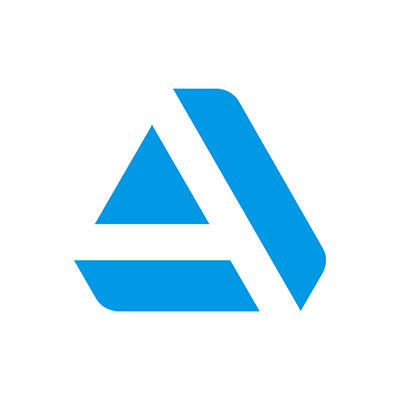
ArtStation


Flickr

Deviant Art

Archdaily

Designspiration
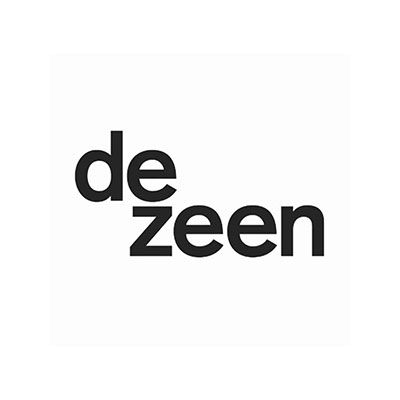
Dezeen

Dribbble
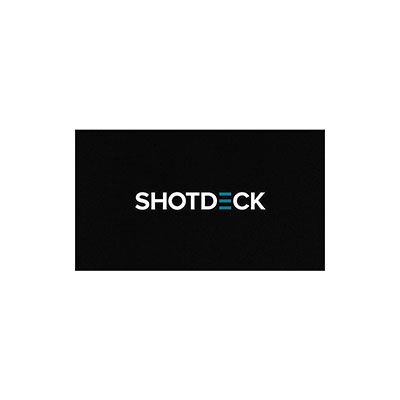
Shotdeck

Pexels
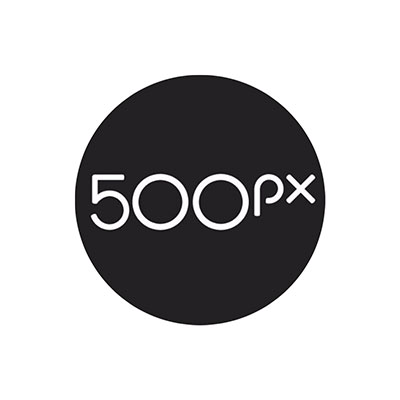
500px

Unsplash
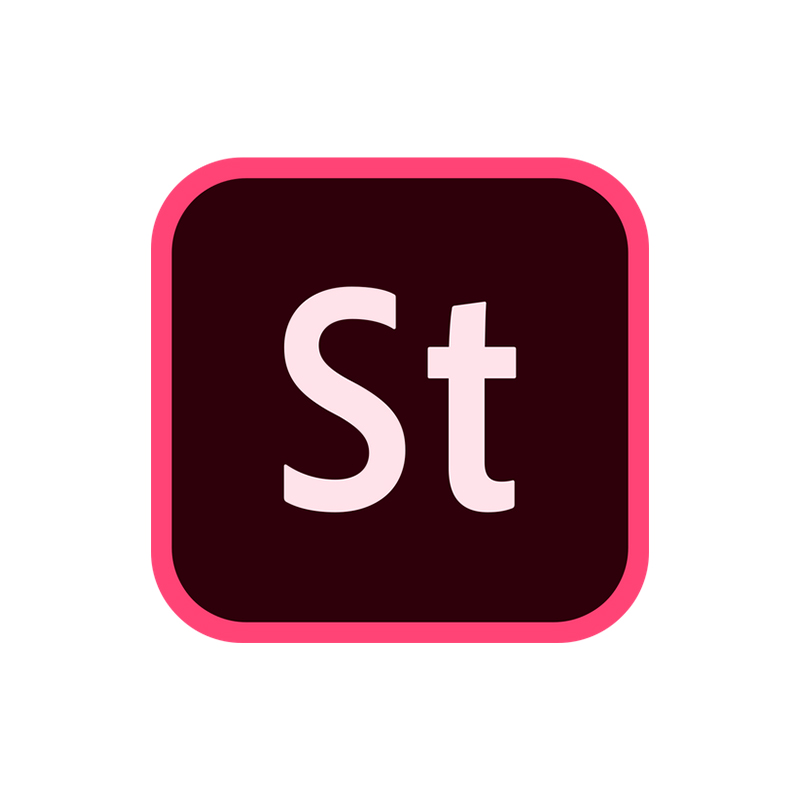
Adobe Stock

Shutterstock
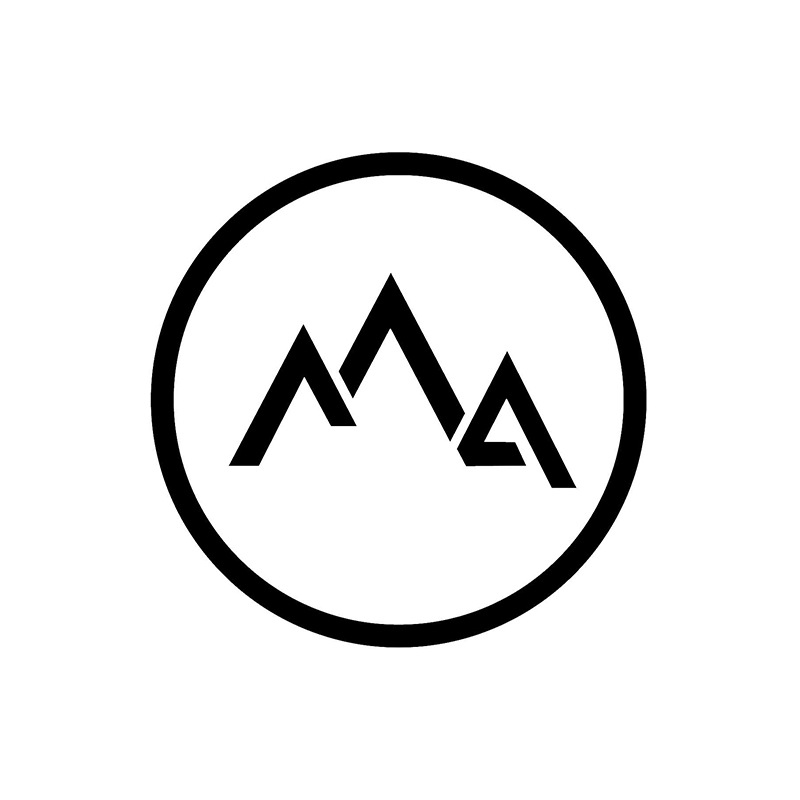
Matte Paint
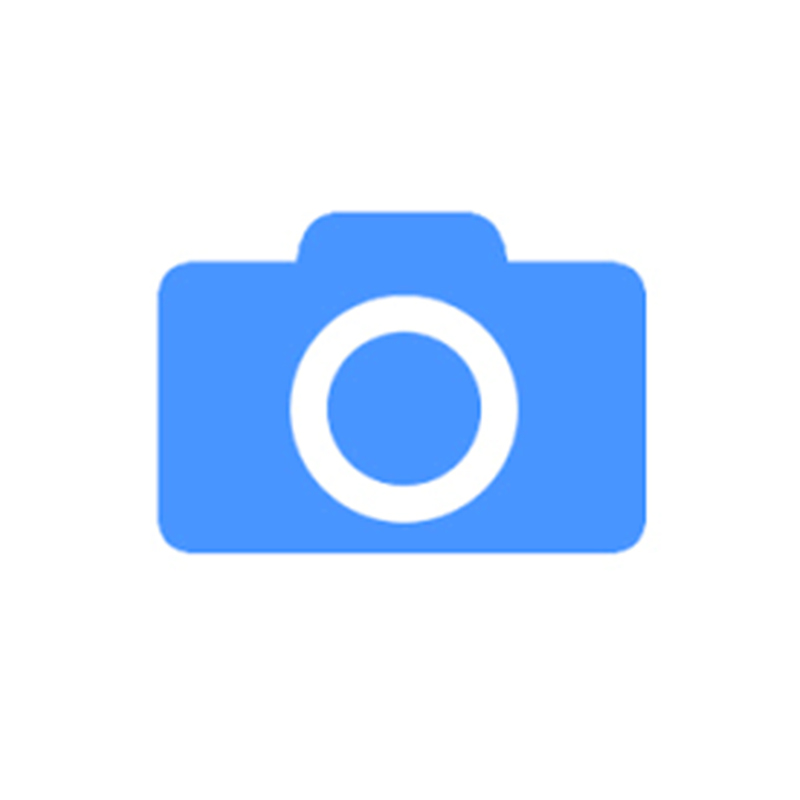
Photobash

Pixabay
The list above is continuously updated. If anything is missing, we’d love to hear from you (hello@thecommonpoint.com) so that everyone could benefit from it. With that being said, let’s jump right to the next step.
Decision-making process
Research is all about collecting references, organizing them, and using them to create something entirely new. Obviously, we are not looking for a single image to copy 100%, so we need to be smart about it. That’s where becoming an observer kicks in, so we can make sense of using multiple images together. That analytical approach involves exercise. Over time, it will help you find and understand what you need and what you’re going for. But still, there’s a couple of additional things that you can keep in mind from the start while researching for any given artistic or commercial task:
-
Set direction (adjust as you go)
Don’t look for a perfect example; let the ideas come and remember it’s only the direction, not the destination. Having a clear vision involves a ton of experience which you’ll develop over time.
-
Set up a structure
Look for smaller chunks for any given task, or try to put them into categories. It can be overall structure, design, style, detail treatment, mood, color, etc.
-
Keep it short and sweet
Time is not on our side because we quickly get distracted, annoyed, or overwhelmed. The better your analytical thinking is, the faster you pick references.
-
Be open-minded
Welcome any happy accident. Be open to new ideas that slowly get you out of the comfort zone. Experiment with different approaches and designs so that you can grow as an artist.
-
Respect copyrights
Your research is about creating something entirely new, use your analytical skills to abstract elements that work together when combined, don’t copy unless permitted (credit the author if needed)
The list above might seem confusing for a beginner but worry no more. There’s a couple of examples down below so that you can see how we set direction and make connections. You’ll see the final image based on the research done as well. And honestly, they’re fun! BUT! We have something even more fantastic before. Let’s introduce the app that is crucial to working with references:
A designer-friendly image environment
PureRef is a free, multi-platform, lightweight application that is super-duper useful and requires no experience whatsoever. It allows you to add images to a canvas and organize them into groups by simply dragging and dropping any images, even from your browser. All of that to keep your references in hand and navigate through them real fast. Now, you may think, “cool, but why should it concern me?” Well, it has this one extra feature that totally changes everything. You can dock the window on top of any app and compare the results as you go. Just check the example down below:
Having your references on top of the screen is a game-changer. While your references sit next to your image, you can quickly compare the results. Not going through tons of tabs helps you stay on track, work faster and more accurately. Besides this star feature, PureRef has a couple of others, so let’s walk you through them.
All you need to know about PureRef
The app is easy to learn, and honestly, easy to master. You can brute-force all of its features in a matter of minutes, but there’s no need to reinvent the wheel. There’s everything in the videos below, and guess what? It takes only 5 minutes to go through both of them:
There are many videos on how people in the industry use PureRef, so definitely youtube that out if you’re interested. Also, if you find PureRef useful, support the development by entering any fee you like while downloading the app (we have no affiliation with the software, that’s just saying THANK YOU for the fantastic job!).
Examples
As we already mentioned, having a clear vision involves a ton of experience, but having your references in hand is a perfect way to stay on track. It’s even cooler when you’re looking for a direction in the first place. Just put all of the images you consider, choose the ones that speak to you, and slowly structurize them. So, finally, let’s dig into the board examples along with the finished projects:


Houseplant Delight
Artur Tamiola
Artur: “Having the references side-by-side might feel like cheating, but it really isn’t, and I cannot imagine a better way for staying focused. I wish I knew it years ago... That would resolve a ton of questions in a matter of seconds.“
The following two examples are just ridiculous, guys! We have immense pleasure in showcasing the work from Brendan McCaffrey. He produces key art and illustrations for video games, toys, and products, notably the Need for Speed & Moto GP series, GI Joe, and Star Wars Battlefront. Today, we can have a little sneak peek into his character design process:


The next example is pretty exciting too, guys! We feel honored to showcase the work from Jan Urschel. He has battle-tested techniques and workflows on projects such as Captain Marvel, Ghost in the Shell, Rogue One, with clients that include: Disney, Paramount Pictures, Warner Brothers, EA, Sony, and Marvel. Today, we can enjoy how Jan uses references in his production-ready workflow:
Fun fact: If it weren’t Jan, there wouldn’t be this article today. We were introduced to PureRef in the “Sketching 3D Environments in Blender” tutorial, and it happens to be that those images are part of it. If you want to learn more about it or simply support Jan in his work, read more in the “special thanks” section below and definitely visit the Gumroad page.
#HowIUseReference
Surprisingly enough, while researching “how to do research,” we came across an exciting hashtag. And well, it is self-explanatory, so anywho, we hope you enjoy even more examples down below:
#HowIUseReference :
— Ziaroart | Commissions open! (@ziaroart) October 8, 2020
Normally I'd use a lot more refs for clothes, landscape and jewelry. pic.twitter.com/cU0AEzudMF
#HowIUseReference
— Francesca Resta (@francesca707) October 8, 2020
These are just some that I found easily, but I looked at a lot more! And thanks to my boyfriend for posing for me 😁💕 pic.twitter.com/iJAAlfG2b6
#HowIUseReference - a photoshoot for the character, a shitload of googling for everything else. pic.twitter.com/jxvgRq1glu
— Kim Sokol (@kimsokol) October 8, 2020
#HowIUseReference I think the easiest one to show would be my profile picture Mask Collector. pic.twitter.com/5qxng8LtI9
— Laura Siadak (@lunae_dies) October 8, 2020
#HowIUseReference I mostly use references to get an interesting composition and sense of scale. Or if I want to draw a particular style of clothing. pic.twitter.com/XCe8mlikgE
— Queer Wizard 🇵🇸 (@AWizardIsYou) October 8, 2020
#HowIUseReference By making chaotic boards in PureRef >_> Probably missing a slew of spontaneous ones I opened as I painted and needed a reference for that one little thing or similiar. pic.twitter.com/gkigqAghER
— Linda Lithén (@LindaLithen) October 8, 2020
Conclusion
Working with references is the process of understanding what’s inside-the-box before you think outside-the-box. You need to see the patterns and good practices first to set your goals better and faster. And just for that very reason, we encourage you to grow your reference database today. Just save any image that grabs your attention and come back to occasionally.
This time, we'd like to give the last word to the most prominent businessman of the previous century, because anyway you look at it:
“Creativity is just connecting things” - Steve Jobs.
Enjoyed this article?
Check CommonPoint MasterclassAnnotations / Links
Special Thanks to Brendan McCaffrey and Jan Urschel for supporting us!

Jan Urschel is Founder and Creative Director at Hendrix Design, and Co-hosting art podcast Art Department. Being the founder and creative director he helps to steer the day to day design decisions for feature films and video games. Over the years artists at Hendrix Design have contributed to dozens of big projects like Rogue One, Ghost in the Shell, Captain Marvel etc. with clients that include: Disney, Paramount Pictures, Warner Brothers, EA, Sony, Marvel etc. In addition, Hendrix Design offers tutorials and courses that have helped thousands of customers and companies around the world getting the most out of cutting edge tools and discovering new workflows.

Brendan McCaffrey is a digital artist and creative director of Bmcaff Studio, based in Las Palmas, Spain. An industrial design graduate of NCAD, Dublin, Brendan produces key art and illustrations for video games, toys and products, notably, the Need for Speed & Moto GP series, GI Joe and Star Wars Battlefront. His passion for product and vehicle design coupled with his early influences from sci-fi artists like Syd Mead, Chris Foss and Tim white has been an important driving force in his work.
List of useful links:
Image Search EngineDivisare - Archviz Search Website
Jan Urschel Gumroad
#HowIUseReference
How-To PureRef
10 reasons why research is important?
Creative process 5 stages
For architecture enthusiasts:
The Local ProjectNowness
Credits:
https://www.archdaily.com/886313/not-ready-he-restaurant-goahttps://www.archdaily.com/945960/xinzhao-garden-july-cooperative-company
https://www.archdaily.com/885519/marinidia-house-masa-arquitectos
https://www.archdaily.com/935838/the-chengdu-vue-hotel-and-resort-phase-i-rsaa-buro-ziyu-zhuang
https://www.archdaily.com/945416/bona-villa-lahao-stone-houses-united-practice-architects
https://www.archdaily.com/934496/qingxiao-residence-shulin-architectural-design
https://www.archdaily.com/912782/redstone-house-atelier-100s-plus-1
https://www.archdaily.com/912101/anji-erlu-resort-the-design-institute-of-landscape-and-architecture-china-academy-of-art
https://www.archdaily.com/888969/the-walled-tsingpu-yangzhou-retreat-neri-and-hu-design-and-research-office
https://www.behance.net/gallery/102304511/Rsidence-Jouanicot-Full-CGI
https://mirrorrstudio.com/
Federico Cairoli photography
Stay Tuned!
Enjoy the upcoming free content, all of the updates on our work and other cool stuff we’re preparing for you.
Leave us your email and always be the first to get noticed.


